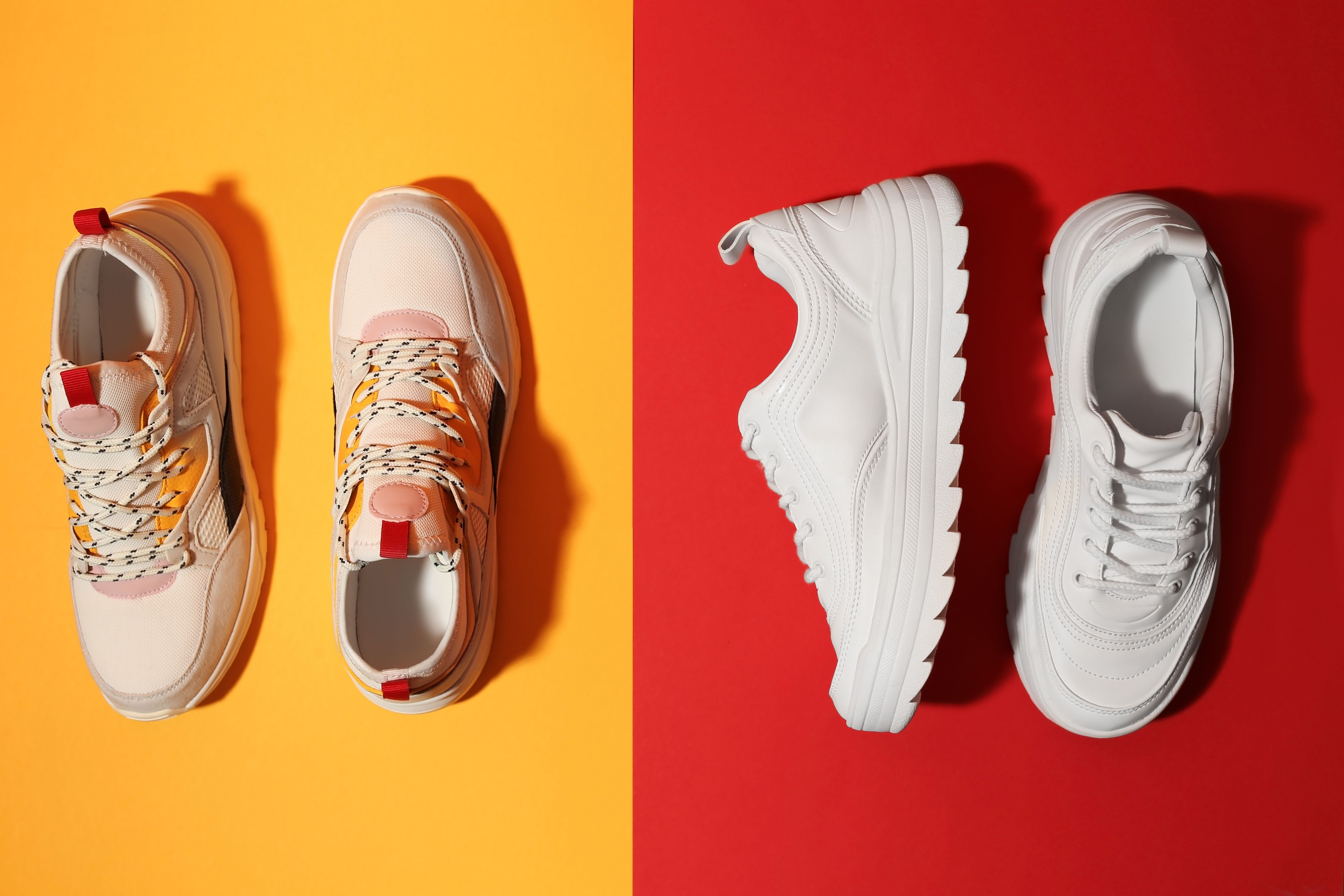Trend Update Private Label

The coronavirus pandemic set off a wave of new trends for consumers, from hybrid shopping to massive spikes in electronics and home improvements. One that was perhaps harder to predict was the rise of private label products.
In 2020, the consumer-packaged goods industry grew by 10.3%, with private label products accounting for 18% of these sales.
What are private label products?
Similar to franchising in organisations, private label products are produced by a manufacturer and sold under a different retailer’s brand. In October 2020, McKinsey described private label products as “having a moment”. To date, they are now selling three times as much as other branded products. But what has driven this growth? in a word, Panic buying
Household grocery items were flying off the shelves in Q2 of 2020 as shoppers feared not being able to get hold of their staples. One consequence of this was a switch to lesser-known brands. When leading brand favourites were not available, shoppers switched to private labels which were incidentally.... cheaper goods.
One benefit of private label products is the price tag – suggesting the trend is not going to go away. UK consumer confidence dropped by 13 points in September 2021. With the end of furlough, we may see a long-term preference for cheaper goods.
Inflation
In September 2021, UK inflation reached its highest figure in almost a decade, with inflation expected to peak in April 2022 according to the Bank of England. While mainstream FMCG brands passed this cost onto their customers, private label products took a different approach. The price gap between FMCG brands and private label goods was widened by 100 basis points – giving customers more incentive to choose private.
Where are we seeing the biggest increase in private label products?
Traditionally, we are used to seeing grocery products such as milk and canned foods turning to private labels. This indeed correlates with the biggest trends – the price gap is particularly pertinent in the food and drink sector.
Data from the IRI suggests that the biggest growth products were ‘impulse buys’ such as chocolate and gifting items. But we also saw discounts on staples such as pre-packed meals and cereals.
We’ve also seen an increase in private label clothing. While price may be a key determiner, it’s likely that lifestyle habits – staying at home rather than showing off brand names socially – have had an impact.
From a geographical perspective, the trend is picking up in Europe, while the US and Australia have some catching up to do.
How can retailers make the most of private label opportunities?
Private label products offer large profit margins for retailers, even if manufacturers do not always see the benefits. Crucially, however, these products give the retailer control.
Retailers have control over the whole supply chain with private labels, helping to keep production costs down, and set a profitable price. With authority over the manufacturer, the retailer can control production numbers relative to customer demand.
There is also more scope for adaptability. With consumer trends changing at an ever-faster pace, retailers need to know what features to offer – and can instruct manufacturers to do this.
Finally, retailers have more control over branding. While brand loyalty is more difficult to build with private labels, there is the chance for retailers to put their stamp on packaging.
Will private label products continue to dominate?
Historically, private labels have always thrived during an economic crisis. With the pandemic showing no signs of going away, retailers must now use this time to harness brand loyalty. A long-term following will weather the storm in the post-pandemic period, offering long-term success.

)
)
)
)
)
)
)
.jpg.png/fit-in/500x500/filters:no_upscale())
)
)
)
)
)
)
)
)
)
)
)
)
)
)
)
)
)
)
)
)
)
)
)
)
)
)
)
)
)
)
)
)